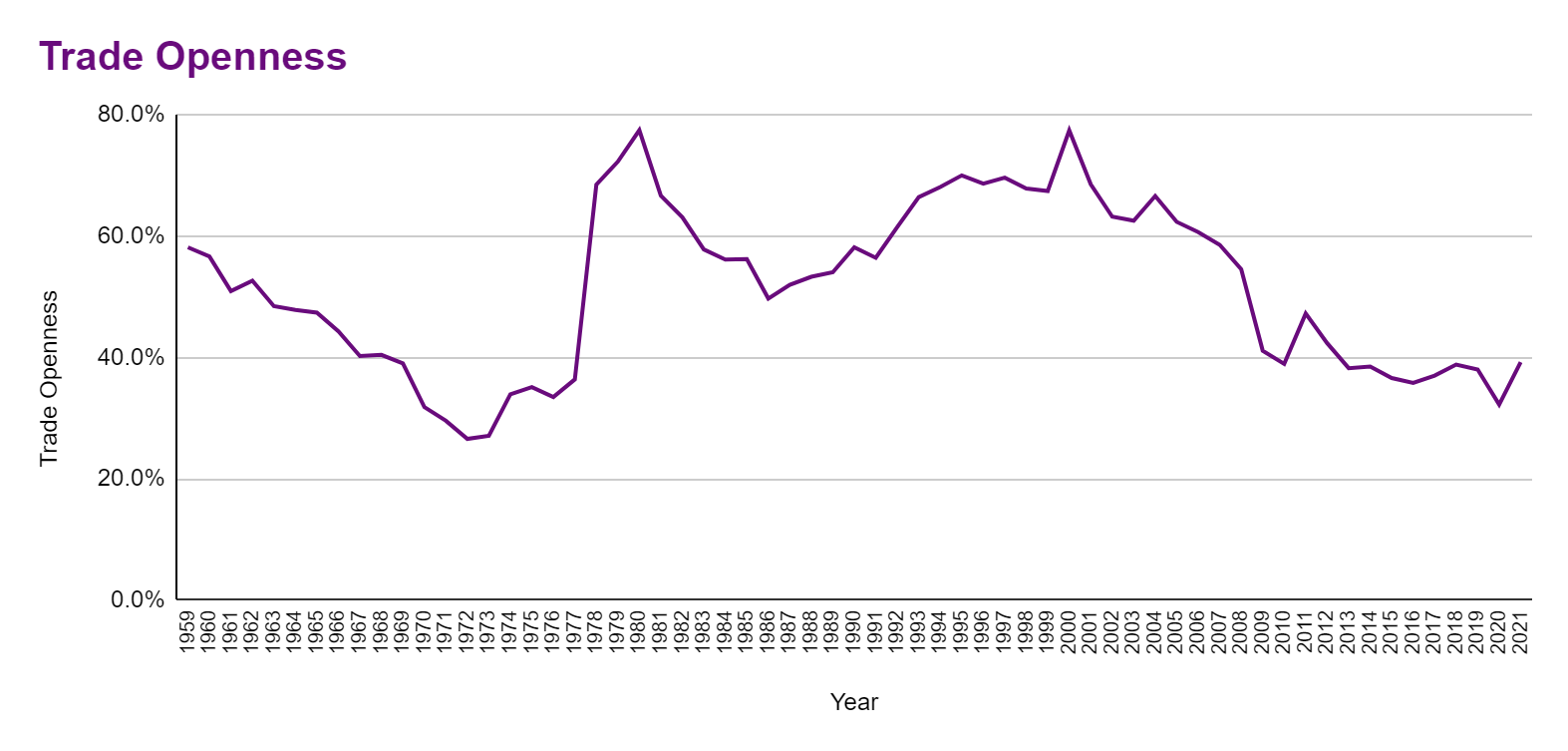By Dhananath Fernando
Originally appeared on the Morning
The GCE Advanced Level Examination results were released last week, and – as expected – social and mainstream media have been flooded with advertisements by tuition masters claiming credit for the top-performing students. While the spotlight remains firmly on the winners, a critical conversation is missing: the economics of education in Sri Lanka.
Sri Lanka’s A/Level education system has become fiercely competitive, but this competitiveness masks a deeper structural issue: our current education model is financially unsustainable.
Government school teachers are underpaid, and the State lacks the resources to attract and retain high-quality educators. As a result, many teachers rely on private tuition to supplement their incomes. Consequently, students prioritise tuition classes over regular school, often attending school merely to fulfil attendance requirements.
When results are announced, both schools and tuition providers share in the credit, but in truth, the system is fundamentally broken. While we congratulate the students who achieved excellent results, we must also acknowledge that many equally talented individuals may have been left behind due to systemic shortcomings.
This issue is not confined to A/Level education. Similar inefficiencies exist in both primary education and the university system. The extreme competitiveness of the A/Levels is driven largely by the limited number of seats available at State universities, especially in Science, Technology, Engineering, and Mathematics (STEM) fields where education is offered free of charge.
Yet the broader educational ecosystem is underperforming. At the school level, funds raised by school development associations and through Grade 1 admissions are often invested in infrastructure. However, these facilities are grossly underutilised. Schools remain closed for around three months annually and on all weekends. Even on regular school days, the maximum operating time is about eight hours. As a result, school infrastructure lies idle for more than half the time.
This is not to say that schools must operate 24/7, but there is enormous potential to repurpose existing resources. Facilities could be used for after-school childcare programmes or vocational training – services that not only meet real societal needs but also generate revenue for reinvestment in education. For example, improved after-school childcare could help increase female labour force participation, allowing more mothers to remain in the workforce.
The same logic applies to universities. While underfunded, Sri Lankan universities face immense demand – demand that forces many families to sell assets or incur debt to send children abroad, often to Australia. If public universities were allowed to accept fee-paying private students under a fair loan scheme, it would expand access without compromising free education. Moreover, opening up to foreign students could bring in much-needed revenue and foster academic and cultural exchange.
The presence of a university already creates a micro-economy – boarding houses, food vendors, photocopy services, and transport providers all thrive around campuses. Imagine the added economic benefits of attracting international students: increased demand for lodging, travel, tourism, and services, creating a ripple effect across sectors.
According to the Central Bank of Sri Lanka’s (CBSL) Annual Economic Review for 2024, Sri Lankan students spent approximately $ 194 million on education abroad. This figure highlights the untapped potential to build a robust local education market that not only retains students but also attracts others from the region, particularly from countries like India and the Maldives.
Ultimately, the economics of education must move beyond celebrating exam toppers. It must consider the majority who struggle in a system that offers limited choices. Expanding those choices will lead to greater economic activity and long-term growth.
Education is one of the most powerful tools for upskilling our labour force and accelerating national development. Yet, under our current model, we are allowing human capital to slip away, along with the economic opportunities it could bring, simply because we fail to make better use of what we already have.


